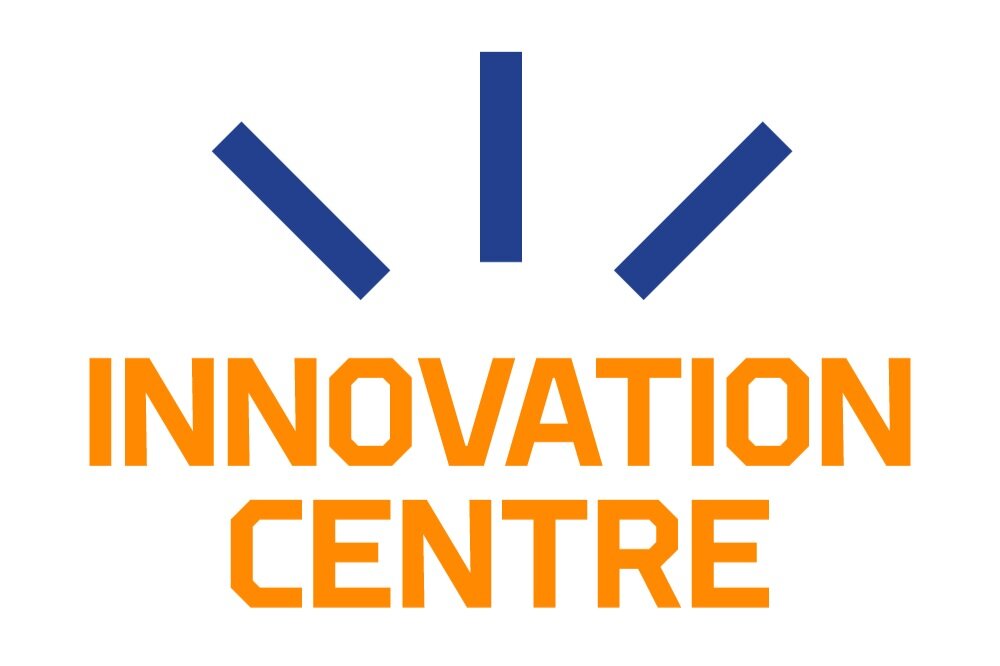IPR: expense item or worthwhile investment?
Written by Maarit Jokela
When considering starting up your own business, you will almost certainly come across the term ‘IPR’. Financiers asking what IPRs your company has? How do you intend to build your IPR portfolio? What is your IPR strategy? Even if this seems overwhelming, there is no need to worry – help is at hand.
IPRs are intellectual property rights. There are various kinds of IPR, and they can be used to protect things such as inventions (patents and utility models), the company's logo (trademarks), the design of a product (design model) or the company’s advertising materials (copyright).
An IPR strategy sounds fancy, and people often think it is something only big companies need. But in reality, smaller companies can also benefit from planning their approach to acquiring IPRs. At best, IPRs support a company's business plan.
Cost or investment?
People often wonder whether registering IPRs is a needless expense item or a worthwhile investment?
“Just registering IPRs solely for protection's sake is an unnecessary cost. It becomes an investment if it can be expected to provide some kind of returns,” explains Ari-Pekka Launne from Evkan Oy.
“There’s often also a misconception that an invention or patent will sell itself,” states Suvi Julin from Berggren Oy. In the simplest terms, a patent is a prohibition granted by an authority. It should not be treated as a stand-alone entity, but rather a part of the overall approach. Companies must also invest in commercialisation, i.e. their design, branding and marketing, in order to create a business around their invention.
Acquiring IPRs can entail significant costs. Registering a patent is a good example of this.
For this reason, giving some thought to timing is a good idea. “You do not necessarily need to make sure all protections are in place at once; staggering them over a longer period is also an acceptable approach. This allows you to keep the costs at a reasonable level,” Julin suggests. However, it is worth remembering that inventions must be patented before they are made public. Otherwise, the window of opportunity for registering the patent will be lost.
Support is available for IPR costs. “These days, funding for IPR planning and acquisition is relatively widely available for start-ups,” says Julin.
Profitability prospects grow
Businesses often learn about IPRs through trial and error. “I once had a designer come to me to discuss acquiring design protection rights for their product. They had not protected their first range, but when they realised that other parties had also started selling the product, they decided that next time they would make sure to get the relevant protections in place,” states Launne, as an example.
Launne describes protecting an invention as similar to marking out the boundaries. “It’s like arriving in a wilderness where you put out your own fence to stop others encroaching on your land,” Launne explains.
The benefits of a company having its own IPR assets have also been observed in research. According to studies, companies’ profitability prospects are greater if they have a carefully constructed IPR portfolio; profits are, on average, 20 per cent higher per employee.
Awareness of IPRs has also grown amongst investors. So, make sure you are well-equipped to answer the question: what IPRs does your company have or will it have in the future?
Additional information (in Finnish)
Find out more on the topic by listening to our podcast, in which I talk to two IPR experts: Suvi Julin from Berggren Oy and Ari-Pekka Launne from Evkan Oy. This podcast is the first in a four-part series on IPRs, which can be found at the MY studio (Mikroyrittäjän studio).
Maarit Jokela
Innovaatioasiamies // Innovation Manager
+358 40 355 9660, maarit.jokela@oulu.fi
IPR, technology transfer, commercialization of research results, bio- and medical sciences, Proof-of-Concept funding, innovations, communication on innovations, IPR trainings.



